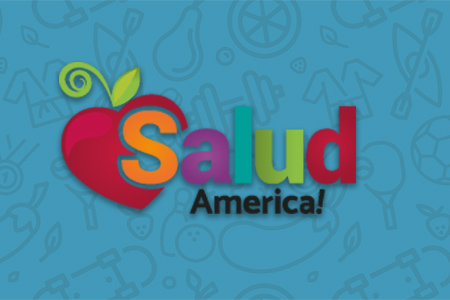
Share On Social!
Guest Blogger: Dr.Qadira Ali Huff, Campaign for Dental Health

Poverty weaves a complex web of problems for children and families. The burden of dental disease/cavities/tooth decay, which is/are more common than allergies or asthma, falls disproportionately on low-income, minority, and immigrant children (1). Given that more black and Hispanic children live in poverty, these children experience double layers of risk to their oral health.
Low-income children have five times more untreated cavities than children from higher income families (2). Children with poor oral health miss school and can’t concentrate when they are in pain. Parents must miss work to care for children with dental pain, potentially jeopardizing employment. And people with mouth pain can’t get the nutrition they need for good overall health.
Poverty gets in the way of caring for teeth when families can’t afford to go to the dentist, even families with insurance. When families do seek dental services, the road may be blocked by obstacles. Hispanic children have the highest uninsured rate among all racial/ethnic groups (3). Even with insurance, it can be hard to find the time and transportation to get treatment. Many low-income areas don’t have accessible dentists and many don’t accept Medicaid. And there is a shortage of Hispanic dentists in the United States to better serve Hispanic children and families.
In addition to lacking dental services, low-income and racially/ethnically diverse communities are frequently food deserts. In this kind of food landscape, often the available choices are high in calories and sugar, which contribute to obesity as well as tooth decay.
Children living in poverty are at increased risk of poor oral health and the health issues that come with it. Spanish-speaking families and their children face additional challenges in navigating health care environments that are ill-equipped to provide culturally appropriate services. Here are some steps families can take.
Action Steps
- Look for school-based dental programs in neighborhood schools.
- Drink water instead of sugary beverages like soda, juice and sports drinks.
- Ask your child’s doctor about fluoride varnish.
- Baby teeth matter! Brush children’s teeth with fluoride toothpaste 2 times a day.
Explore More:
Healthcare AccessBy The Numbers
25.1
percent
of Latinos remain without health insurance coverage



